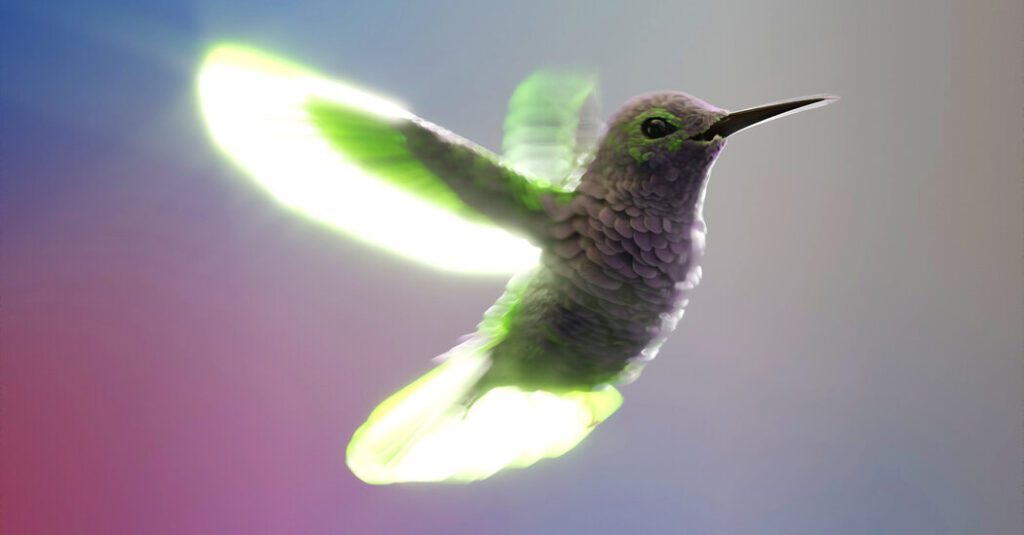Hummingbirds Inspire the Next Generation of Robotic Flyers
When you think of war machines, delicate creatures like hummingbirds probably don’t spring to mind. Yet, these tiny aerial wonders, flitting from blossom to blossom, serve as fascinating blueprints for modern warfare technology. With their mesmerizing abilities to zip forward, hover flawlessly, and even perform acrobatic maneuvers like flying upside down, hummingbirds stand out as unmatched aerial acrobats.
The Marvel of Hummingbird Flight
Dr. Bret Tobalske, a biology professor and director of the Flight Lab at the University of Montana, speaks with enthusiasm about hummingbirds. “They’re the best flyers out there,” he asserts. Their incredible physiology and remarkable flight performance not only allow them to maneuver in ways that many larger birds cannot, but they can also hover indefinitely. This unique skill is a crucial adaptation that comes from their quest for energy-rich nectar, which fuels their high-speed lifestyle.
From Nature to Technology
As unmanned vehicles dominate the skies in various conflicts today, researchers are starting to look closely at these feathered marvels. The Flight Lab is delving into the ecology, evolution, and mechanics of bird flight. They are part of a broader initiative—backed mainly by U.S. defense funding—to create advanced robotic versions of hummingbirds. This field of study, known as bio-inspired technology, aims to closely replicate these exceptional birds.
Dr. Tobalske notes, “A real hummingbird can fly circles around robotic hummingbirds. They can fly circles around real birds too.” It’s this extraordinary combination of speed, agility, and stability that makes these birds ideal models for the next generation of flying robots.
Realizing the Potential
Imagine drones that can navigate tight spaces, hover without losing control, and execute rapid directional changes—all capabilities reminiscent of the nimble hummingbird. These are the kinds of breakthroughs researchers are striving to achieve. By understanding the mechanics behind hummingbird flight, scientists hope to develop drones that can perform with similar finesse.
This journey into the realm of bio-inspired technology doesn’t just have military applications; it could benefit industries ranging from agriculture to environmental monitoring. Picture drones that can hover over crops for precise monitoring or navigate challenging terrains in rescue missions—all thanks to the intricate flying techniques of one of nature’s finest.
Why This Matters to You
So, what does this mean for individuals interested in technology and the future? By investigating nature’s most efficient flyers, researchers are turning challenges into opportunities. We’re on the cusp of a new era where robotics and biology intersect, offering innovative solutions for pressing problems.
The advancements in this field inspire not only those in defense or technology sectors but also excite anyone curious about how nature can guide us in creating smarter, more efficient machines.
The AI Buzz Hub team is excited to see where these breakthroughs take us. Want to stay in the loop on all things AI? Subscribe to our newsletter or share this article with your fellow enthusiasts.




